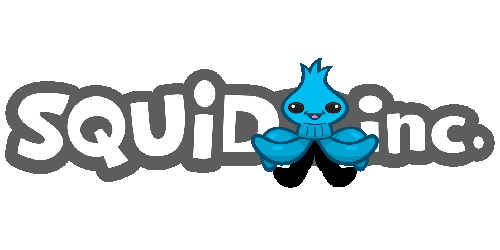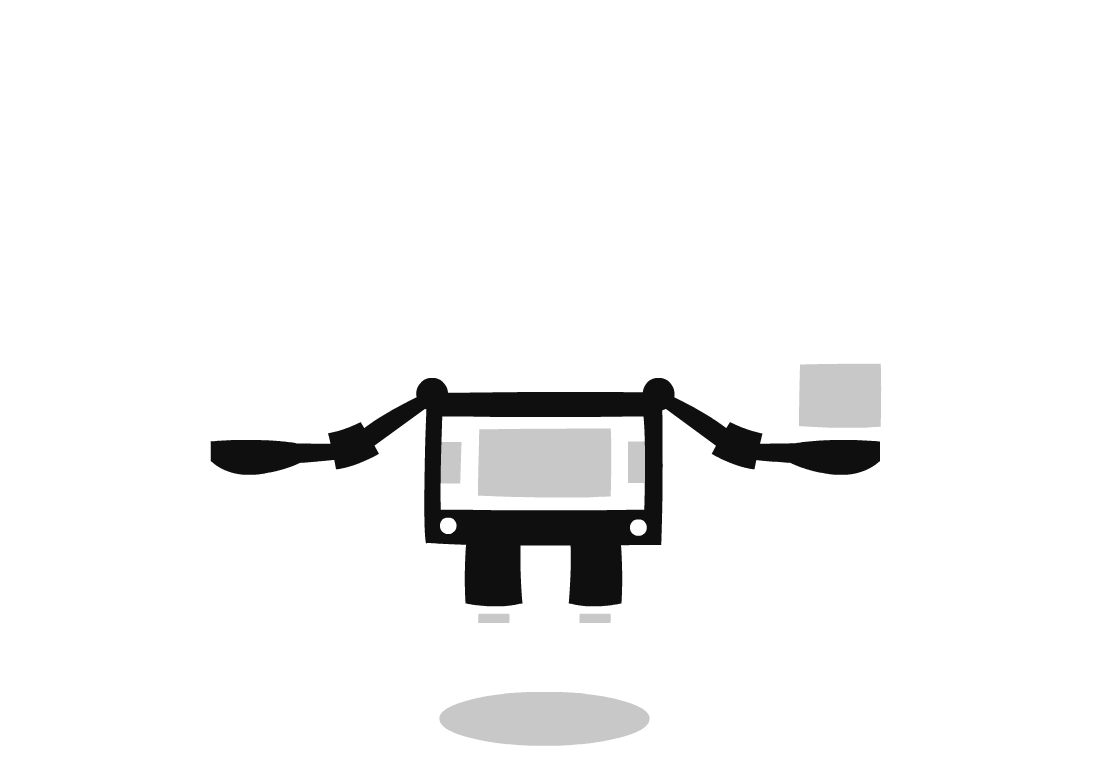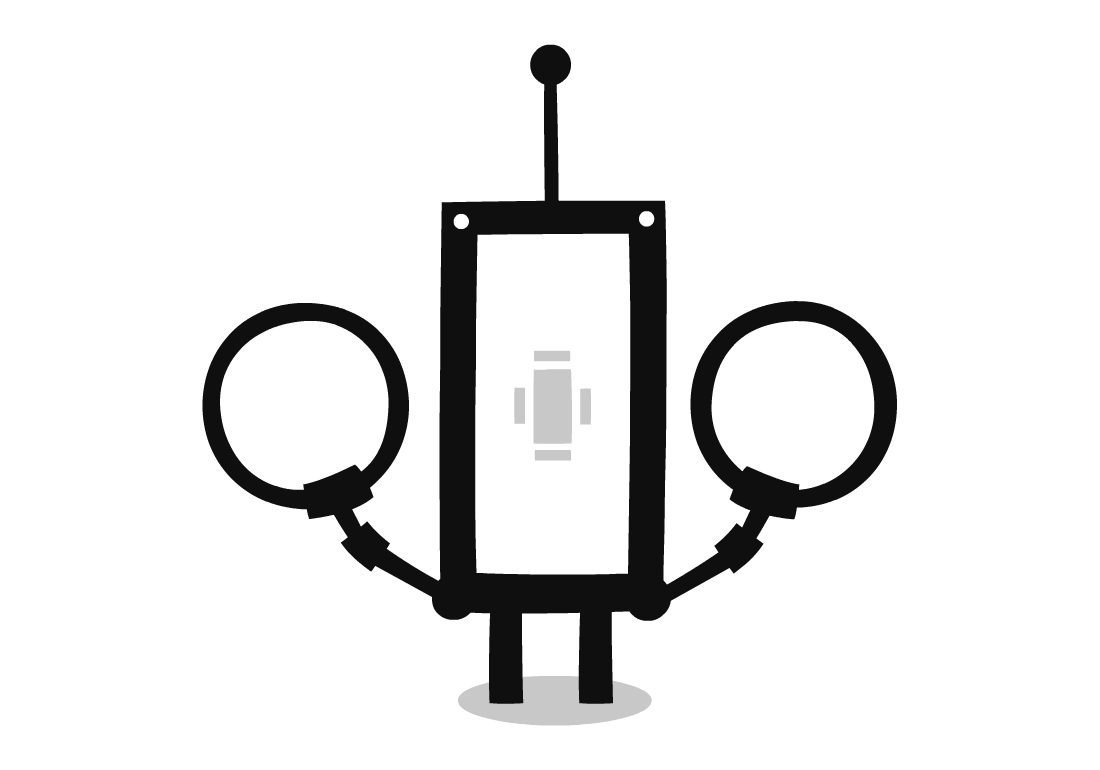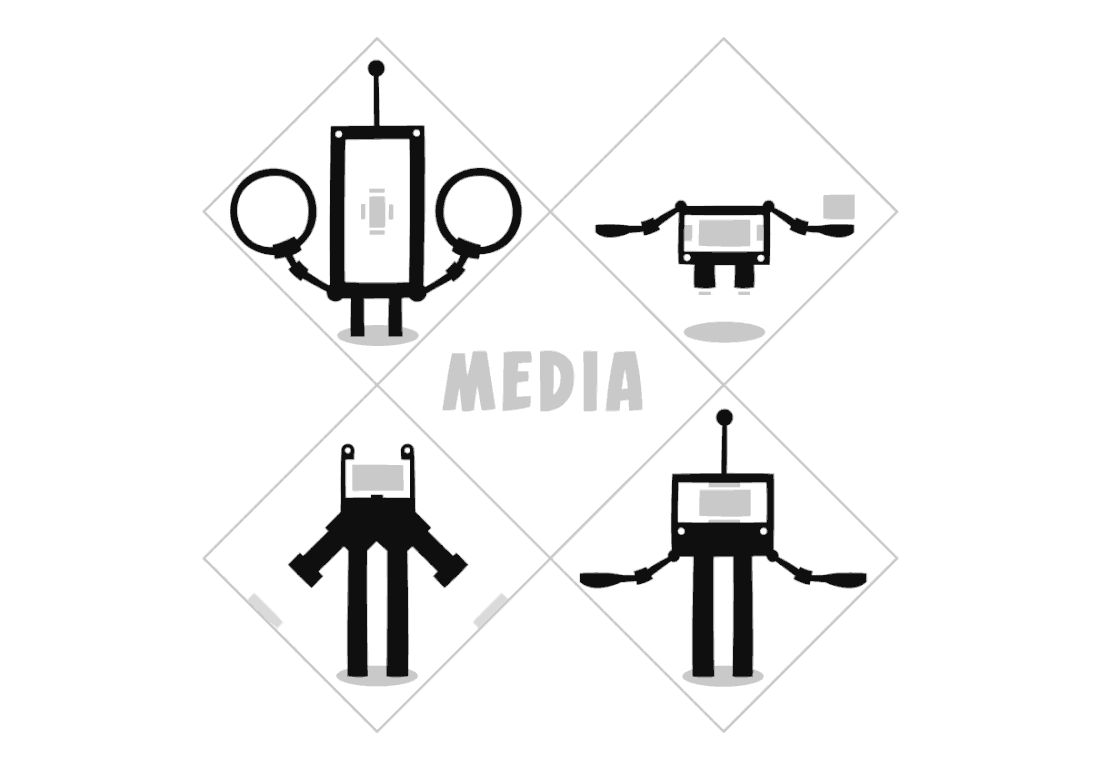McLuhan 03: Four Laws
Marshall and Eric McLuhan proposed that media act in four ways, asking: What does the medium enhance (grow, improve); obsolesce (replace, push aside); retrieve (use from the past); reverse (what does it become when overused)? Each effect acted simultaneously, and this was visually represented as a tetrad; a group of diamonds (each containing one of the questions above) surrounding a central space in which a medium is chosen then evaluated (McLuhan, M. & McLuhan, E., 1988).
The effects and their interrelationship are depicted here as mechanical characters, highlighting the main action of each and their synergy within the tetrad.
The McLuhan character-design series (01-Media Ages; 02-Hot vs. Cool Media; 03-Four Laws)
Just as drawn models present complex information in simple forms (Schultz & Cobley, 2013), and prototypes are the embodiment of concepts and understandings (Wensveen & Matthews, 2014), animation can be used to clearly represent theory in novel ways. As a moving art-form, animation is perfectly suited to present & describe the actions (look, hear, retrieve, reverse, heat, cool) in McLuhan’s work, enhancing the transparency of each idea (Schlosser R.W. et al. 2012).
You can use the images in the McLuhan Sections of this website for your teaching and research, but please ensure you appropriately cite the author (Shaun Britton) and the website (Squidinc Studio).
McLuhan, M. & McLuhan, E., 1988. Laws of media: the new science. Toronto. University of Toronto Press.
Schulz, P., & Cobley, P. (2013). Theories and models of communication (2nd ed.). Berlin: De Gruyter Mouton.
Schlosser R.W. et al. (2012). Animation of graphic symbols representing verbs and prepositions: effects on transparency, name agreement, and identification. J Speech Lang Hear Res. 2012 Apr;55(2):342-58.
Wensveen, S., & Matthews, B. (2014). Prototypes and prototyping in design research. In P. Rodgers & J. Yee (Eds.), Routledge Companion to Design Research (pp. 262–276).
Obsolescence
What artefact or medium is pushed aside or replaced by a newer one? The mobile phone, for example, replaces phone booths (and privacy!)
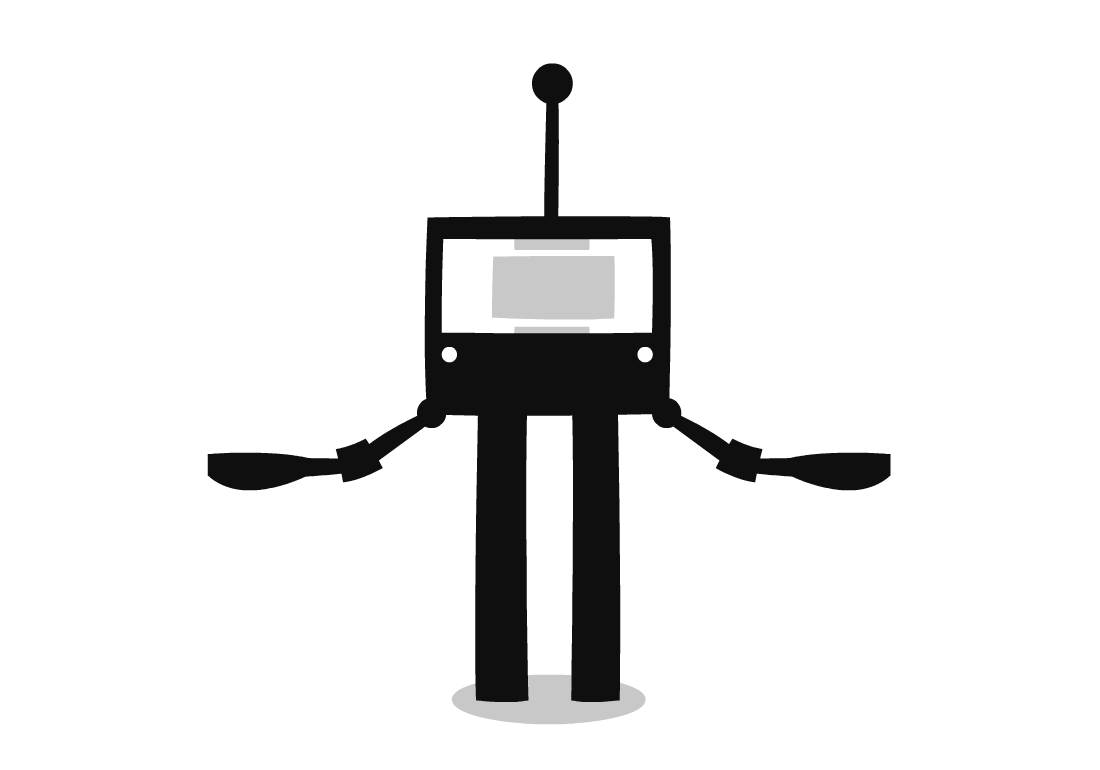
Reversal
When a medium or artefact is pushed to its limits, its characteristics are reversed. Overuse of the automobile, for example, becomes gridlock and traffic.
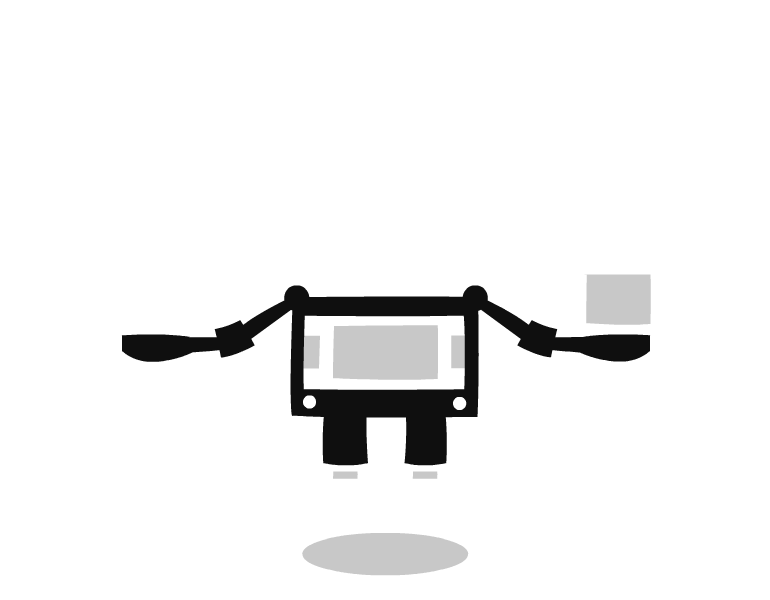
Enhancement
What does a medium enhance? The computer, for example, builds upon our brain and its ability to gather information quickly.
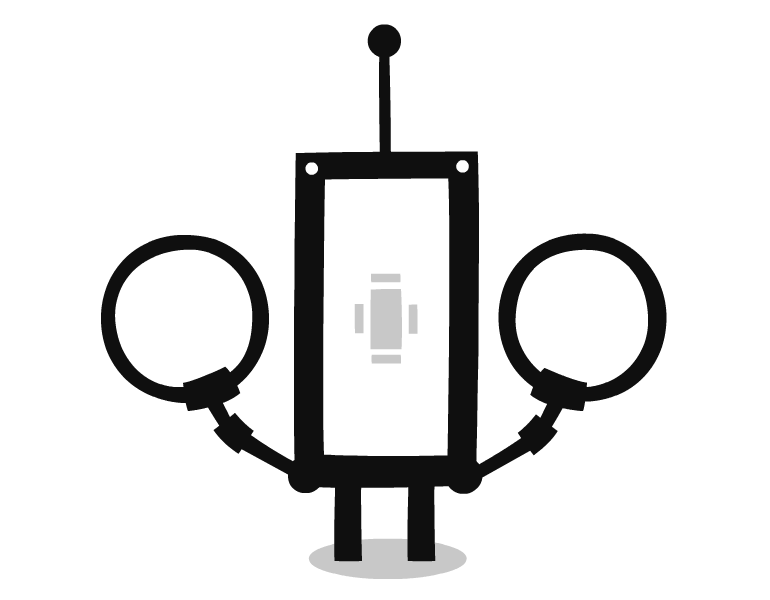
Retrieval
What is it about a previous medium or artefact that a new one retrieves? The internet (very much an electronic age invention) retrieves something from the tribal age; instant communication and information retrieval.
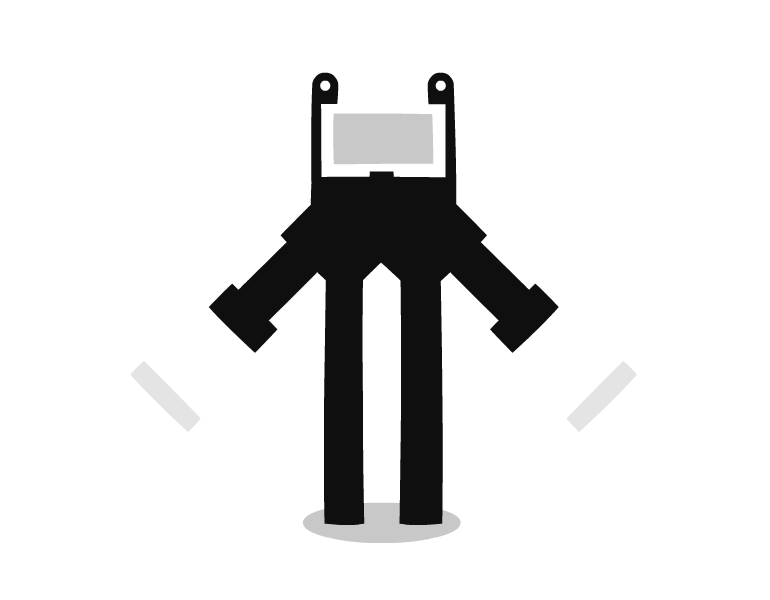
Tetrad
The Tetrad is the diagram showing a medium surrounded by the four actions described above. Choose a medium in the centre, and consider how it would be affected by each of them.
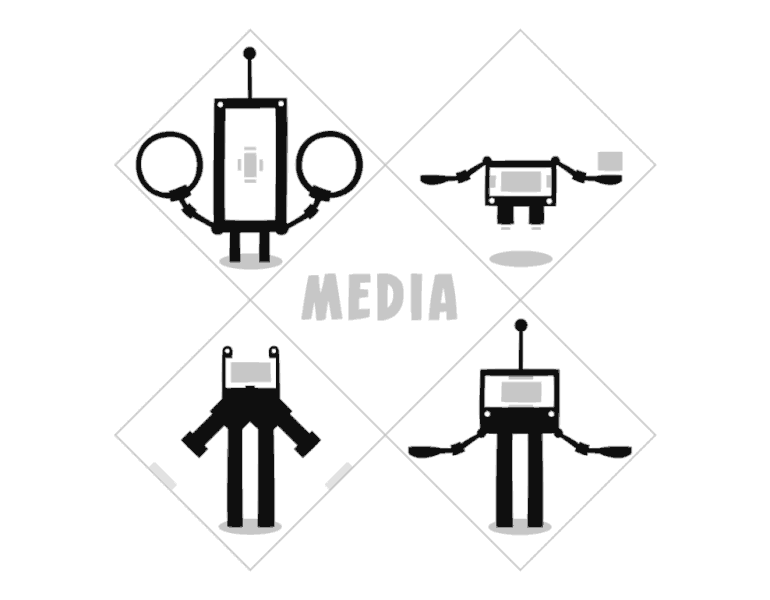
 Back to Work
Back to Work
